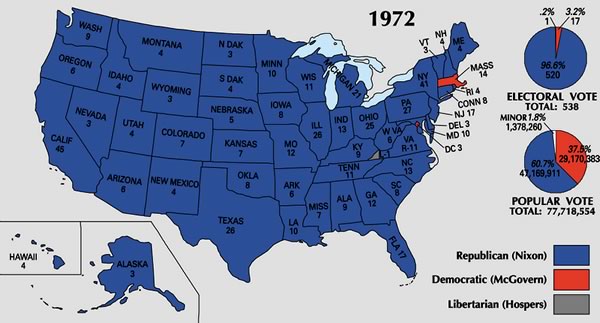
Richard Florida is moving to Accordion City!
The urban thinker who coined the term “creative class” is following in Jane Jacobs’ footsteps and setting up residence here, where he’ll be doing work at the University of Toronto’s Rotman School of Management, where he’ll continue his studies on his pet topic: how creativity and creative people make for successful cities.
Here’s an excerpt from the Globe and Mail story:
Richard Florida, one of the era’s most influential urban thinkers, will be leading a new initiative at the University of Toronto’s Rotman School of Management that will allow him to expand his research on how human creativity drives a city’s economic success, a source says.
The author of the 2002 bestseller The Rise of the Creative Class has left his post as a public policy professor at George Mason University in Virginia after three years.
“He expressed some interest in the last several years that Toronto would be a wonderful place. … To get him here, the deal was that there would need to be a fairly important initiative that he would be a part of,” an official said yesterday.
U of T spokesman Ken McGuffin confirmed that Prof. Florida will be joining the institution, which academic sources around the country say is a coup for the university. But he declined to divulge details of the position, saying those will be released next month.
Creative Class?
The creative class comprises those people whose lives and jobs revolve around knowledge and creativity, which covers artisans, doctors, filmmakers, lawyers, writers, artists, and yes, computer programmers, accordion-playing and otherwise. Florida’s these is that they are a key factor in the socioeconomic success of cities. He uses this thesis to explain the success of cities and areas such as Silicon Valley, Boston, Austin, the North Carolina research triangle, Dublin and Bangalore.
Florida says that in order to attract a creative class, cities must have the “Three T’s”:
- Talent: A large enough pool of people with talents, skills and education
- Tolerance: The ability to handle a diverse community and a “live and let live” ethos
- Technology: The technological infrastructure to support an entrepreneurial culture
Want to know more? Then check these out:




